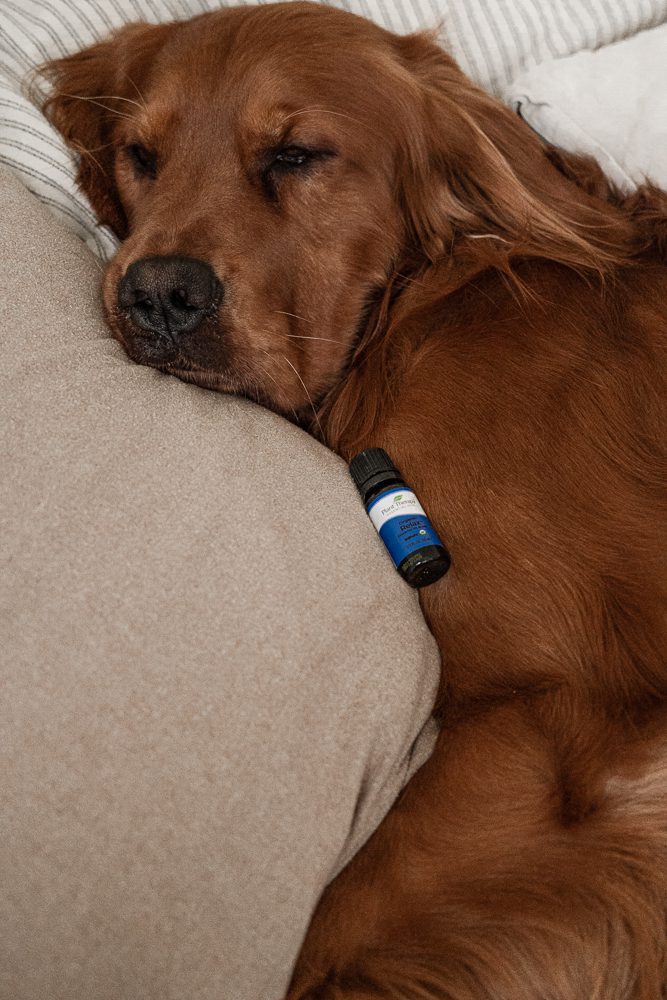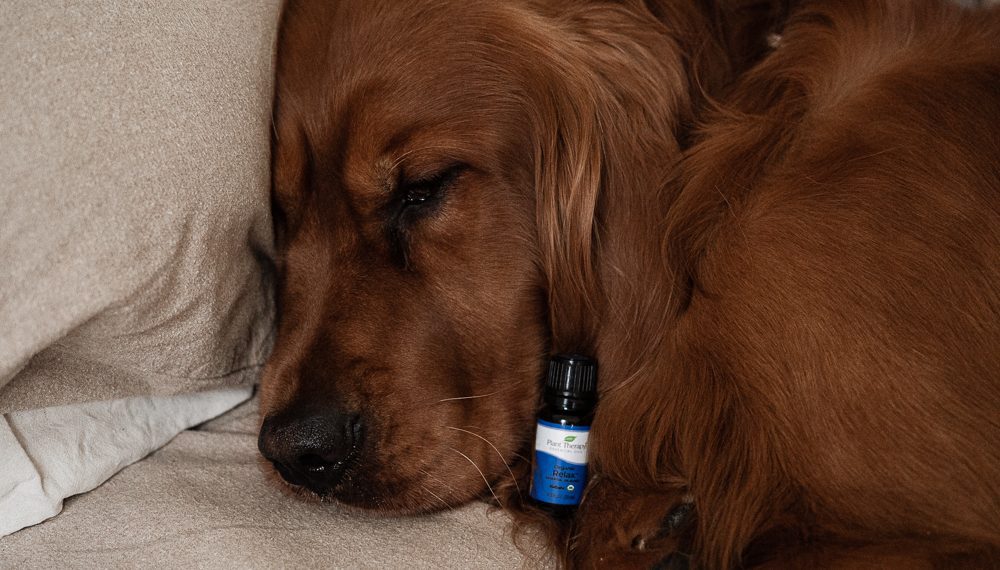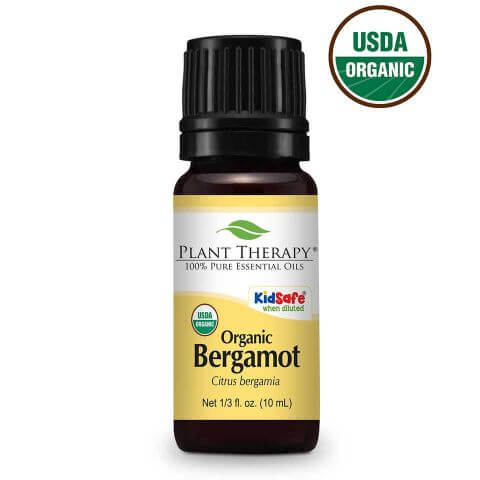Essential oils (often abbreviated EO’s) are a wonderful, natural way to dispel odors and fill our homes with fresh scents but what many people may not realize is that they can also be used therapeutically as well; in fact, an entire field, called Aromatherapy, has sprung up around therapeutic use of oils and yes, for pets included! We even have a Veterinary Medical Aromatherapy organization that holds seminars to educate vets regarding the medicinal use of essential oils so we felt it would be a great time to discuss this all with you at home, to ensure you have access to these great tips yourself too.
Using Essential Oils Around Dogs & Cats
It is important to note that cats do not have the ability to metabolize the chemical constituents of essential oils well; their livers lack certain enzymes required for these processes. Because of this, Veterinary aromatherapists generally do not recommend using essential oils with cats, but rather, they recommend the use of hydrosols. Hydrosols are more gentle than essential oils and easier for cats to tolerate. Please consult with a holistic vet before utilizing essential oils or hydrosols with your kitty.
Dogs, however, are different; they can metabolize most essential oils, but certain ones are to be avoided, such as the “hot” oils like clove, cinnamon, thyme, wintergreen, and camphor.
How To Topically Apply Oils to Dogs
When using essential oils with dogs, it is important to dilute the oils with a carrier oil; never use them on a dog’s skin at full strength. Dilutions should be at 3-5% which means 3-5 drops of an essential oil per 1 teaspoon (5mL) of carrier oil.
Also, please note: do not use essential oils orally on your pets. They may only be used dilute topically and with care. If ever in doubt, please consult with a holistic vet who is knowledgeable regarding essential oil usage.
Our Top 5 EO’s For Use On Dogs
Probably the best known and most used essential oil is Lavender. This amazing oil has a whole host of benefits, but it is especially impressive when used for its calming effects and for skin ailments. It imparts a relaxing effect on people and animals by exerting a sedating influence on the central nervous system. Its antibacterial, antipruritic (anti-itching) and regenerative properties help to soothe skin issues. It is especially beneficial for those pups with skin problems who have a strong need for connection, or who are nervous or display anxiety.
Cedarwood Atlas has a long tradition of use as incense in many religions; ancient Egyptians used it for embalming and cosmetics. It is an earthy, grounding oil, which helps bring one back to “center”. It strengthens inner calm in times of stability. Because it increases circulation and helps to dispel toxins, it is used a lot in conditioning blends for the skin and coat. Fleas seem to have a strong distaste for it. It is especially beneficial for pups who are unsettled by change or who are timid and fearful.
Frankincense can help to strengthen the immune system, and in fact, studies have demonstrated that it may be helpful in treating cancer and tumors in pets. It has anti-inflammatory and anti-bacterial qualities as well, making it a good addition to blends that support the skin. Additionally, it may help to reduce wrinkles and scars. Finally, it is said that as a spiritual oil it may ease the passage into death and can be useful in helping one to determine whether it is time to let a beloved pet go.
The citrus oil Bergamot is not only uplifting and balancing, but also possesses strong anti-fungal properties, making it a great addition to blends that treat yeast skin and ear infections. When diffused, it can help ease the attitude of dogs who are snappy, irritated, and/or depressed.
Calming blends we like to diffuse, that are ok for pups, include Campo’s Relax Blend or Plant Therapy’s Relax Synergy. Green Mandarin is the sweetest of the citrus oils and contains high levels of anthranilic acid, making it excellent for calming stress, fear, and anxiety when diffused.

Basic Blends You Can Make at Home
For flea and tick control, geranium and cedarwood essential oils may be diluted to 3-5% in a carrier oil, such as Argan Oil or Golden Jojoba Oil.
To treat those irritating hot spots or dermatitis lesions, especially common during these warmer months, you can blend 1-2 drops each of lavender and bergamot essential oils in a good dollop (about a tablespoon) of pure aloe vera gel. Apply topically to the lesion 2-3 times a day and watch that ouchy spot fade away.
To help your pup feel a sense of peace and calm, dilute one of the Relax Blends to 3-5% in a spray bottle containing a 50:50 mixture of carrier oil and witch hazel (the witch hazel will keep the oils from the clogging the sprayer nozzle).
Important Reminders!
When using any of the citrus essential oils, it is best to use organic oils as citrus plants are highly treated with pesticides, and you don’t want to be adding such chemicals to your aromatherapy!
Remember, it’s best to use hydrosols in cats, rather than essential oils. If you do want to diffuse oils at home, and you have cats, you could remove your kitty from the room where you are diffusing and allow her to return once the scent of the diffused oil has faded.
Essential oils are fragrant, natural therapies that can benefit our pets tremendously, but please remember that just because something is natural, does not mean it is always safe to use indiscriminately. Remember that essential oils should never be used undiluted on your pets unless you are instructed to do so by your holistic veterinarian.
Dr. Kristen DVM











Recent Comments